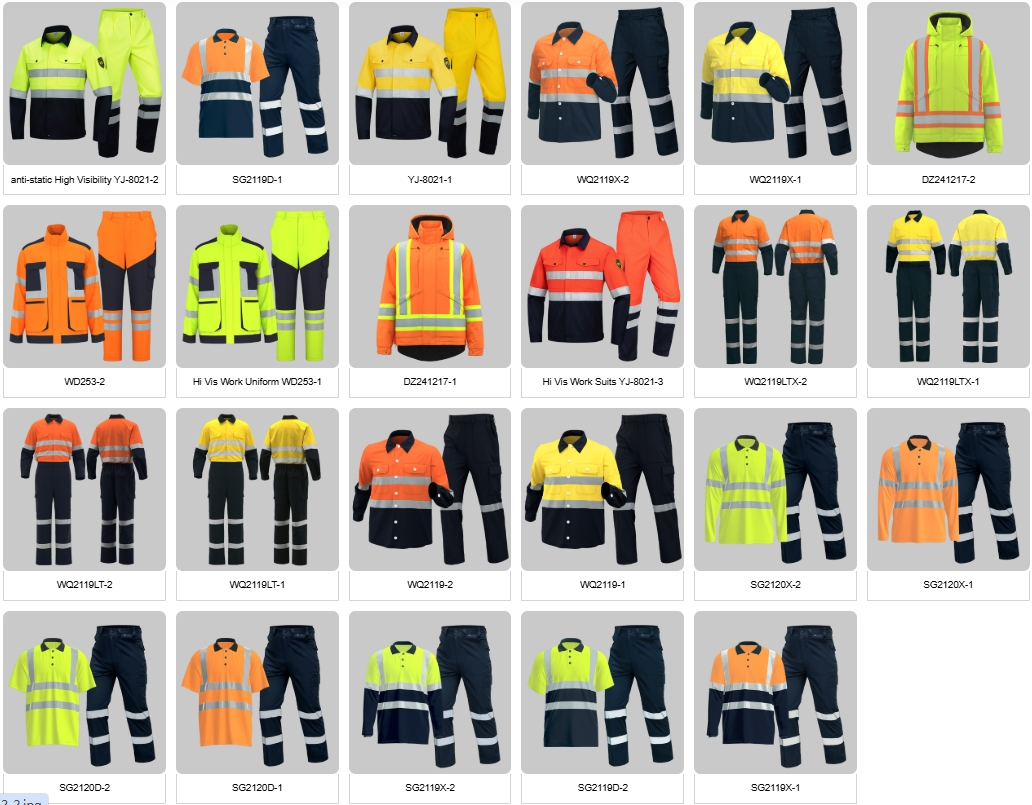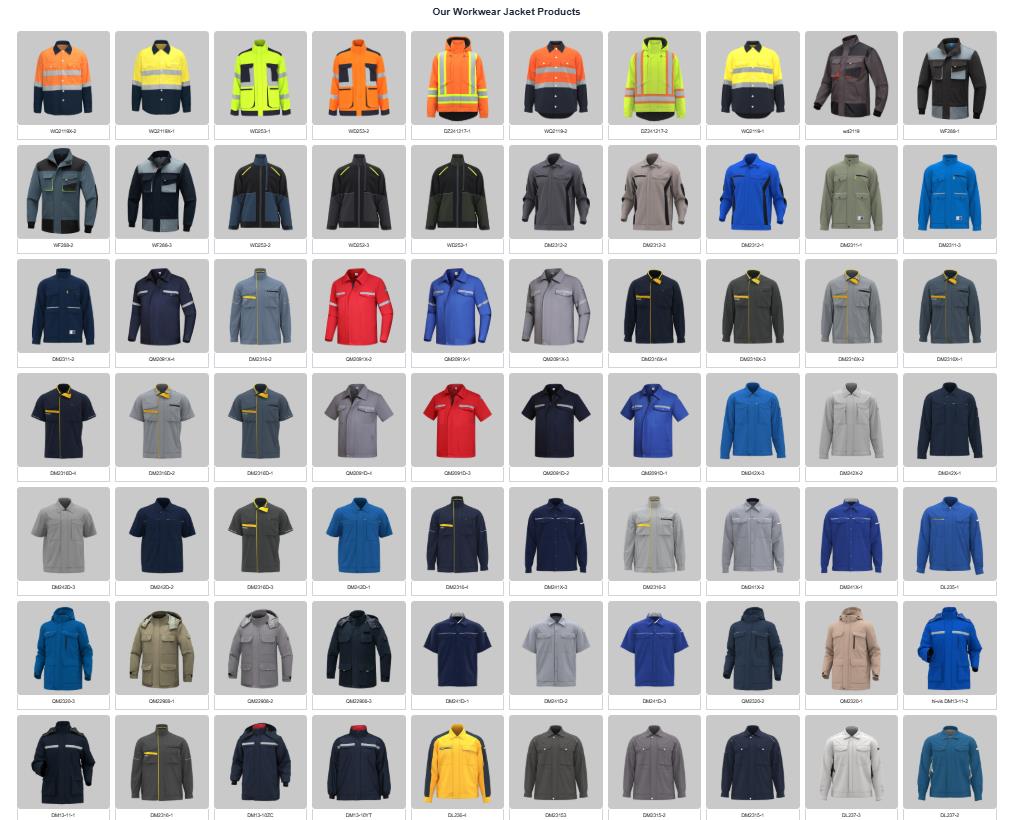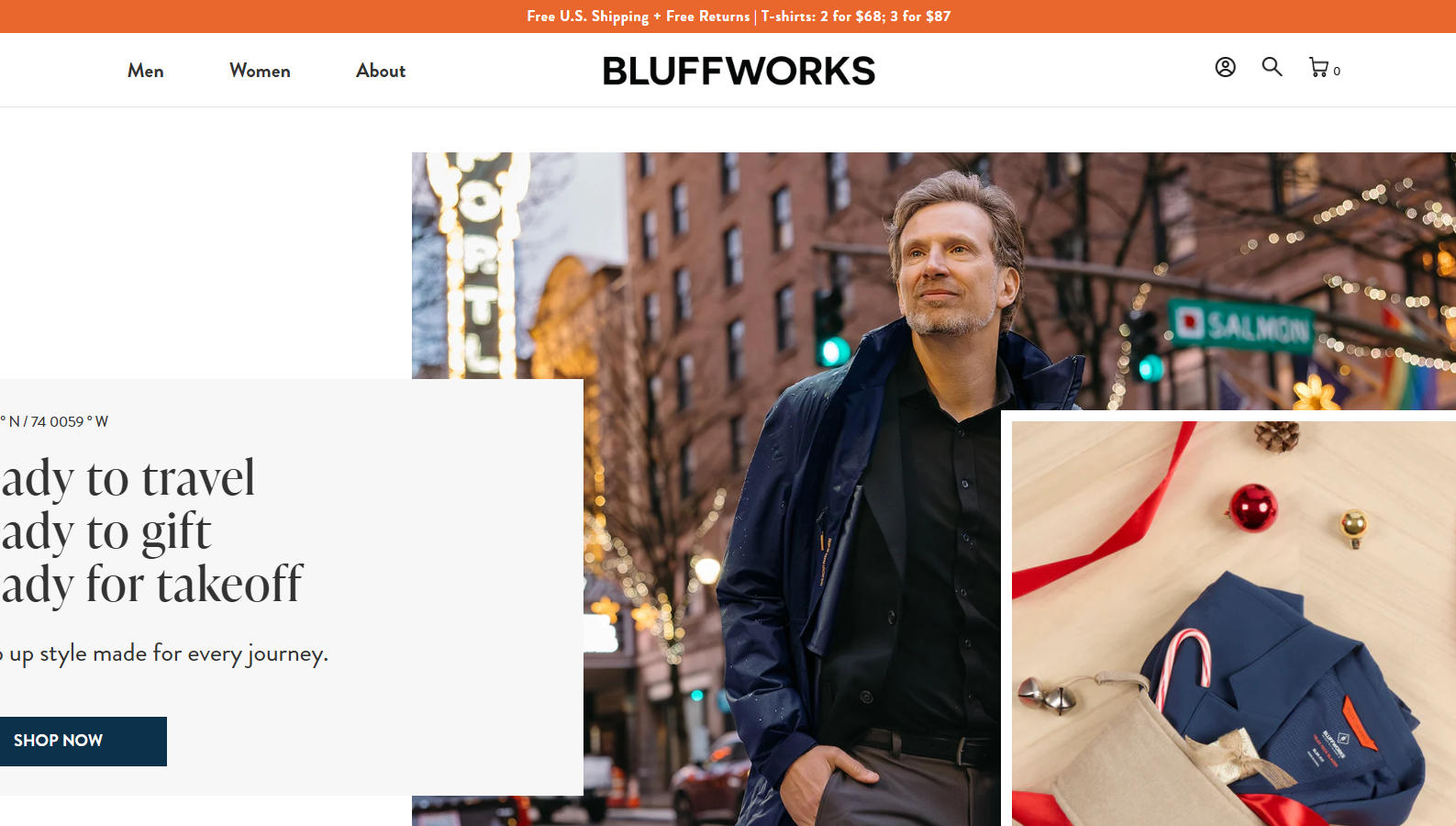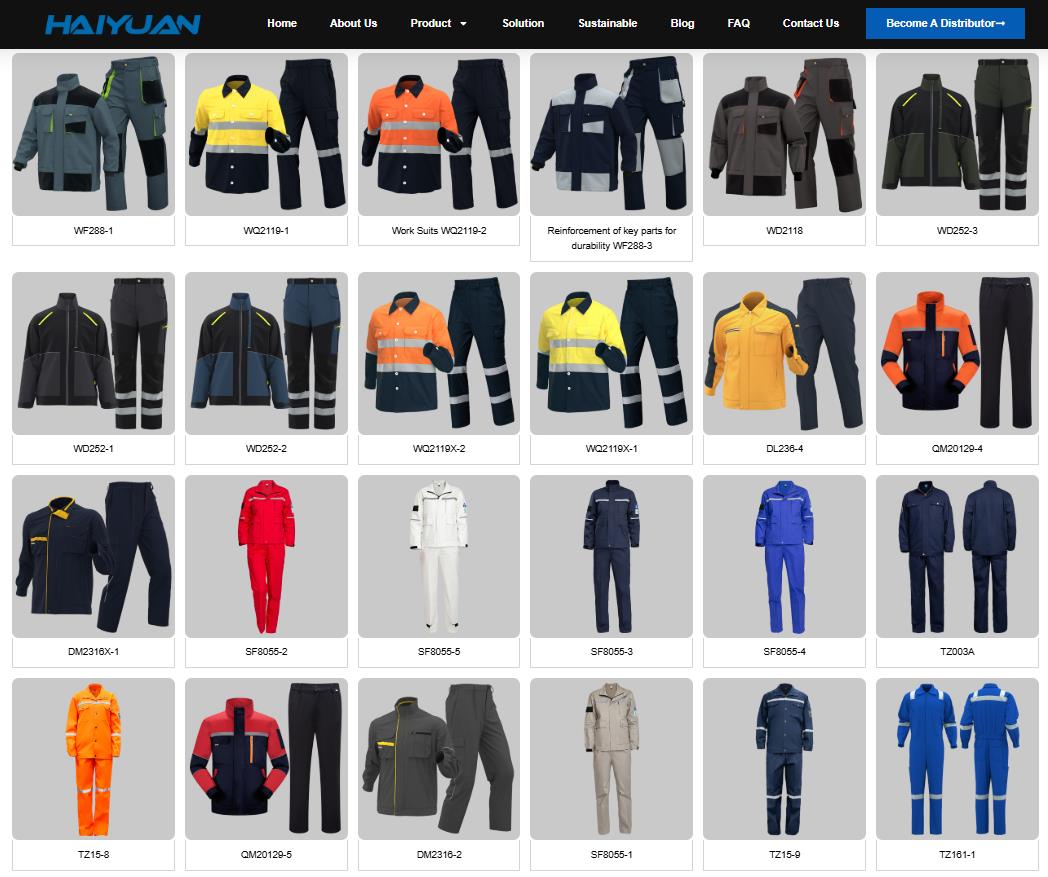When customizing high-visibility work uniforms, safety compliance, durability, functionality, and cost efficiency must be prioritized. Below are critical factors to ensure you get effective, compliant, and worker-approved gear:
1. Safety & Compliance: Non-Negotiables
| Key Factor | Requirements & Checks |
|---|---|
| Certification Standards | • ANSI/ISEA 107-2020 (US) or EN ISO 20471:2013 (EU) – Class 2/3 for high-risk work. • GB 20653-2020 (China) – Class 2+ for full-body visibility. • Demand test reports – Reflective intensity (≥330 candela/lux/m²) and colorfastness after 50 washes. |
| Material Integrity | • Background fabric: Fluorescent polyester/cotton (yellow, orange, red) with UV resistance. • Reflective tape: Certified retroreflective tape (e.g., 3M™ Scotchlite™) – minimum 5cm width for Class 3 garments. |
| Design Layout | • 360° visibility: Reflective tape on sleeves, torso, and pant legs (Class 3 requires full encirclement). • No coverage gaps: Tape must remain visible when bending/moving. |
⚠️ Red Flag: Suppliers unable to provide compliance documentation risk fines, accidents, and liability lawsuits.
2. Durability & Functionality
| Worker-Centric Features | Solutions |
|---|---|
| Fabric Breathability | • Mesh panels (armpits/back), moisture-wicking fabrics (e.g., HAIYUAN®). • Avoid 100% cotton – shrinks/fades quickly. |
| Reinforced Stress Points | • Double-stitched seams, bar-tacked pockets/knees. • Abrasion-resistant fabric in high-wear zones (shoulders, knees). |
| Practical Design | • Tool pockets with secure closures (zippers/magnetic flaps). • Pen slots, radio loops, ID windows. • Articulated elbows/knees for mobility. |
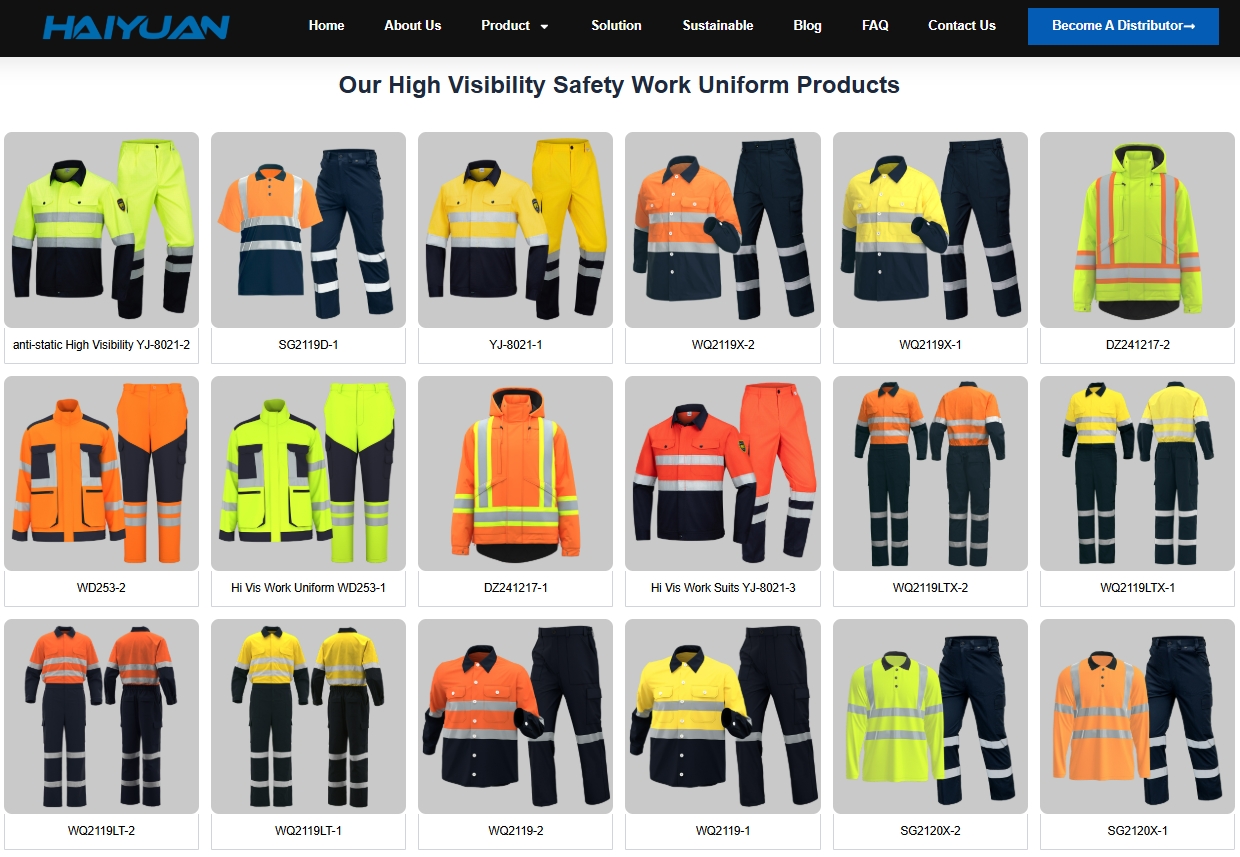
3. Customization Pitfalls
-
Logos/Text Placement:
• Never cover reflective tape with embroidery/printing – reduces visibility.
• Place branding on chest or back above tape. -
Printing Methods:
• Screen printing: Cost-effective for large batches; limited colors.
• Embroidery: Durable but avoid on stretch fabrics (distorts design).
• Heat transfer: Vibrant for complex logos; ensure adhesion to synthetic fabrics.
4. Cost-Saving Without Compromising Safety
| Strategy | Action |
|---|---|
| Bulk Discounts | Order 100+ units for 20-40% lower unit costs. |
| Material Alternatives | Use certified domestic tapes (e.g., Daoming Reflective) vs. 3M™ (saves 20-30%). |
| Simplify Artwork | 1-2 color logos reduce setup fees. |
| Off-Season Production | Avoid Q4 (peak season) – faster turnaround, lower prices. |
5. Supplier Vetting Checklist
Ask these questions to avoid scams:
-
“Can you provide recent compliance test reports for the fabric/tape?”
-
“What’s your MOQ (Minimum Order Quantity) and size ratio flexibility?” (e.g., Can XXL be >15% of order?)
-
“Do you offer pre-production samples for safety validation?”
-
“What’s your warranty for tape peeling/color fading?” (Demand ≥1 year).
6. Post-Order Compliance Audit
-
Field-Test Samples:
• Wash uniforms 10x – check for fraying, fading, or tape delamination.
• Wear at dusk – photograph with flash from 30m away; tape must glow brightly. -
Worker Feedback: Survey comfort, mobility, and visibility pain points.
💡 Real-World Fail: A warehouse saved $4/vest using non-certified tape. After a near-hit, OSHA fines + rework costs totaled $38,000.
Final Tip: Partner with specialized manufacturers (e.g., haiyuan Apparel, Portwest) and insist on contractual compliance clauses. Invest in 3 prototype vests for real-world testing before bulk production.
Custom hi-vis uniforms aren’t just clothing – they’re critical PPE. Cutting corners risks lives, legal liability, and long-term costs.
Further reading:
How much does it cost to customize high-visibility work clothes uniforms

